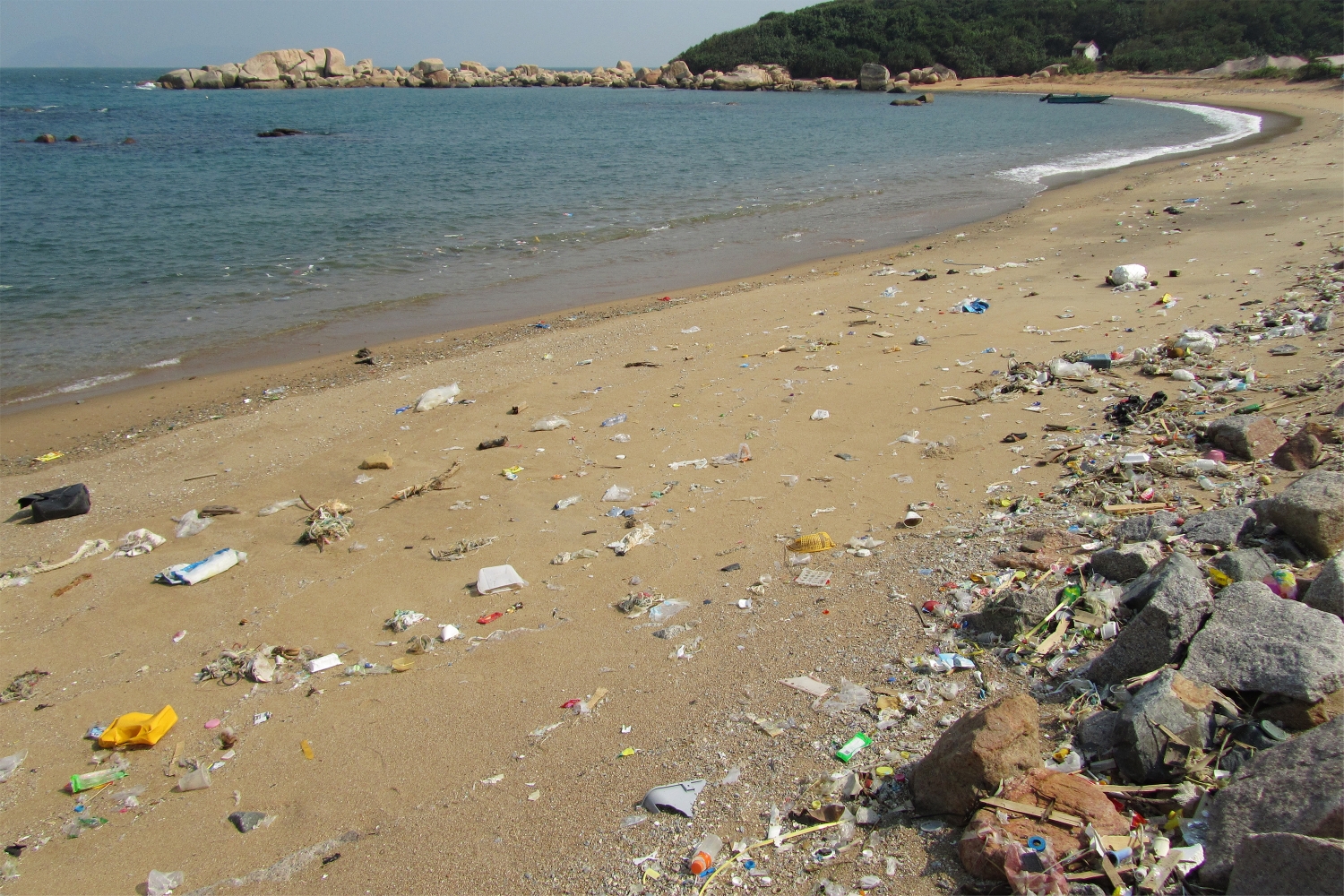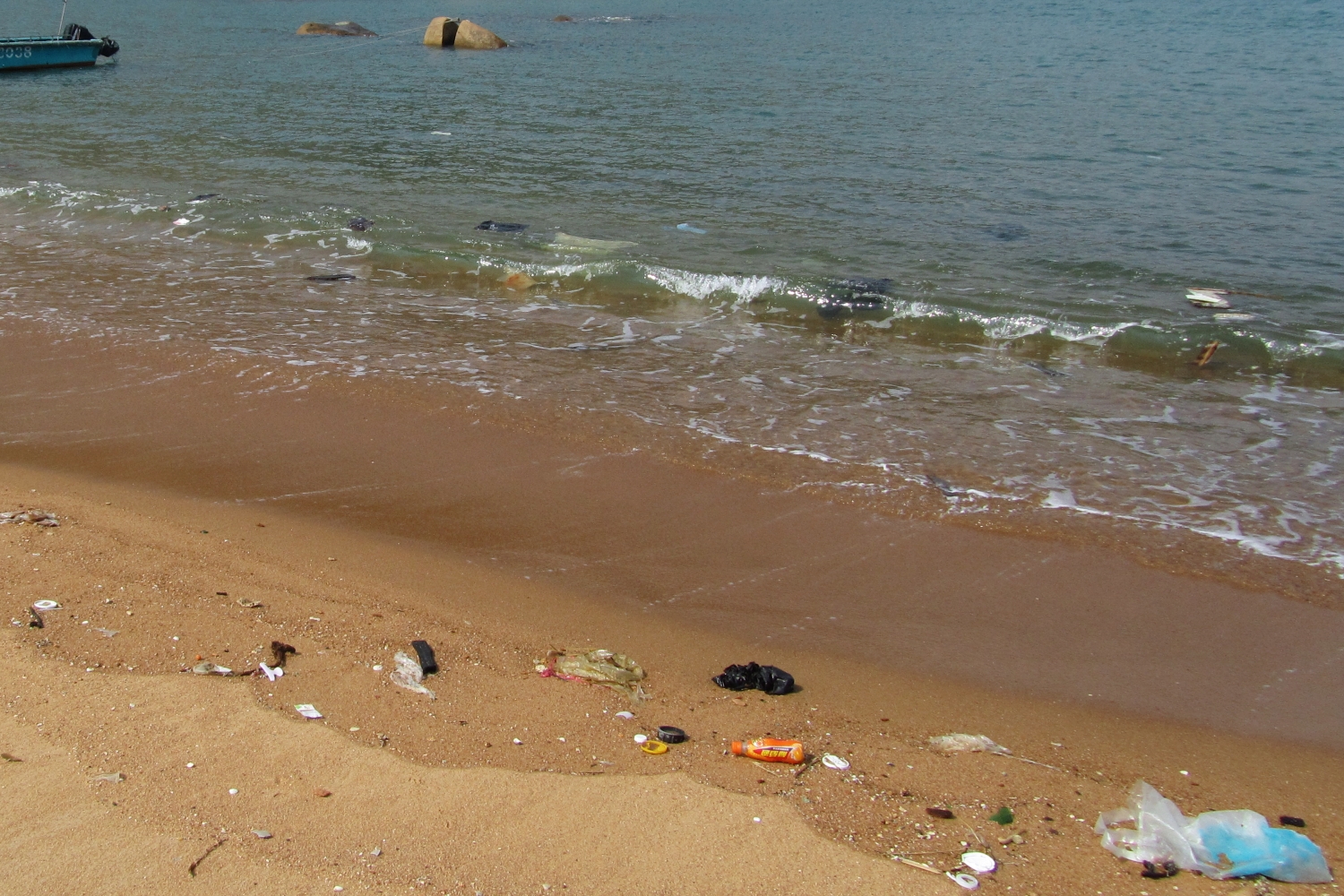Whether in the form of the dormant threat of toxic waste dumps, expanding landfill sites, sprawling maritime garbage patches or mountains of trash piling up in cities across the world—these days the baleful threat of accumulating waste has become one of the obsessions with which western civilization seeks to process its relationship with the cycles of the production, consumption and obliteration of economic values. The process of reflection on this threat is certainly not a sober and neutral one. It can’t be. We are too caught up in and disoriented by the maelstrom of garbage, which, for no clearly delineable reasons, is taking up ever more space and reaching ever new dimensions. Ever more material that has become worthless is suddenly turning up in places where it pushes life as it is being lived off course or detracts from the unrestricted accumulation of value and thus generates anxiety―like the stranded, abandoned barge cited during a therapy session at the beginning of Steven Soderbergh’s 1989 film Sex, Lies, and Videotape as an image of a mysteriously threatening sense of directionless impulsion, of “something negative which you have no control over,” as the psychiatrist in the film puts it. …

The association with the ocean’s currents marks waste as an unanchored, drifting, blurred entity that is constantly in motion and pulled this way and that. In this context, garbage is not so much a discrete object as an open network, a tissue of diffuse elements and forces working in the background. Even though today we are increasingly being visually confronted with its interim stations, disposal and recycling facilities, dumps and end storage sites, these articulations are often nothing more than the masquerades of a remote and inscrutable process. The very spectral, incomprehensible form of the threat means that it is also taking on a decisive significance in the therapeutic response to all the fears of collapse and degeneration that afflict us: fears of environmental destruction, fears of economic ruin, fears of the collapse of the international political order, fears of the increasing mobility of populations and the fear of landing oneself on the junkyard of global distribution networks. As Zygmunt Baumann has argued, as the nature of threat has become increasingly fleeting and diffuse—with the increasing loss of rules and guidelines that can be adhered to in order to elude potential threatening circumstances—the threshold for an effective way of dealing with this situation has also risen.1 And this sense of diffusion, the blurring of reference points by which to navigate, makes it difficult to plot a therapeutic course. In view of the autogenerative, self-subsistent and excessive character of the worldwide proliferation of garbage, “What would you do to try to stop something like that?” has become a rhetorical question, one that is less concerned with “what” or “what with” than with “where to.” In this context, the trash container of the Western world becomes not so much a receptacle for rubbish as a spatial apparatus whose agency consists in actively steering and managing the orbit of an ever increasing quantity of garbage, throwing out surplus garbage and ceaselessly relocating it. It not only creates mountains of unusable residues but also actors and instruments that can profit from the calamities of collapse and degeneration.
This dynamic space of the surplus and valueless, with all its accumulation points, junctions, speculations, masquerades, orchestrations and performances has today become ubiquitous. It is regulated by a complex hierarchy of access and exit points whose differentiation is dependent on specific utilization profiles, protocols and rituals. Objects move through this space but they also move along temporal channels in which the fluctuations in their own degeneration are registered. The questions of what objects become stranded, where they are deposited and what objectives they serve in the process is therefore also a question of the life cycle of objects, which is determined just as much by commercial as by physical degeneration. But whereas physical degeneration generally proceeds in one direction, the economic lifecycle can be marked by a series of shifts in course.2 The price and value of objects is oriented not only to the intactness of the physical substance but also to attributes that are allocated in accordance with various criteria, such as market need, occurrence, social praxis, political interest or the pure passion of collection. Networks of scale, such as that of waste production, constantly hunger for new members. New participants cost these network economies little but bring a great deal in terms of the radius of interaction since they can connect with all existing parts of a network and contribute to its growth. In spite of the enormous differences between the categories around which prevailing interests gather, the different communities of human and non-human waste form a common economy, a broad-meshed network of waste generators and waste utilizers, who are intertwined with one another via relations of exteriority and can identify themselves by means of a series of material components—waste products, physical work, tools, buildings, neighbourhoods, transport vehicles, and export and import documents. It is precisely the different mobilities of the network ecologies presently being constituted that elucidate the fact that the capacity for human action relies far more on its creative interplay with a milieu comprising co-agents, processes, technologies and perceptual regimes than on its absolute position in a stable spatial environment.
When it comes to tracking the movements of value creation and degeneration in such elastic spatial settings within a framework of democratic theory, the appropriate analytical unit is therefore neither an individual person nor an entire collective but rather the respective public that forms around a problem.3 Conversely, the development of a democratic politics can make use of the different techniques of this public, which elaborate their respective creative powers step by step and are thus themselves also primarily oriented to movement and only secondarily to clear positions. In this political ecology, which is formed by a range of animate and inanimate substances, human and non-human materialities, waste should not be seen as an object that has become dead or lifeless but as a project connected with different interests and expectations—as a proposition that, apart from its material composition, also requires a certain forum in order to manifest itself and function as a waste machine, like one of Bruno Latour’s quasi-objects, which are neither merely fact nor value but enable larger spatial fields of efficacy to emerge around them with the result that highly diverse social forces can act on them and fracture familiar categories and the guarantees associated with them.4 This propositional character of resources serves as focal point of engagement for a number of critical practices intervening in the geopolitical circuits of value and waste production via art and its institutions.
1 Zygmunt Bauman (2004) Wasted Lives: Modernity and its Outcasts. Cambridge and Malden/MA: Polity Press, 14. Here Bauman also uses the metaphor of nautical navigation when he writes of the generation of our parents and grandparents: “[…] to those in need of a trustworthy boat that promised safe passage, the destination was neither a mystery nor a matter of agonizing choice; the tasks of navigation were not beset with uncountable and unaccountable risks. What was left to those wielding the oars was to paddle diligently and assiduously, following the ship’s rules ‘to the letter’.” (16)
2 Will Straw (2010) ‘Spectacles of Waste’, in Alexandra Boutros and Will Straw (eds.) Circulation and the City: Essays on Urban Culture. Montreal and Kingston: McGill-Queen’s University Press, 197.
3 Jane Bennett (2010) Vibrant Matter: A Political Ecology of Things. Durham/NC: Duke University Press, 108.
4 Bruno Latour (1993) We Have Never Been Modern. Cambridge/MA: Harvard University Press.
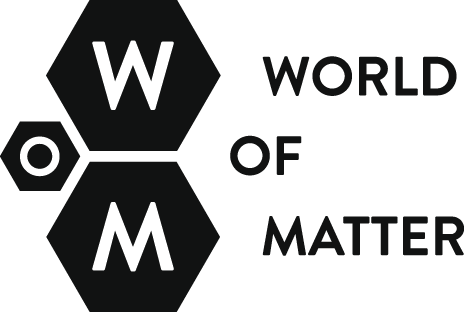

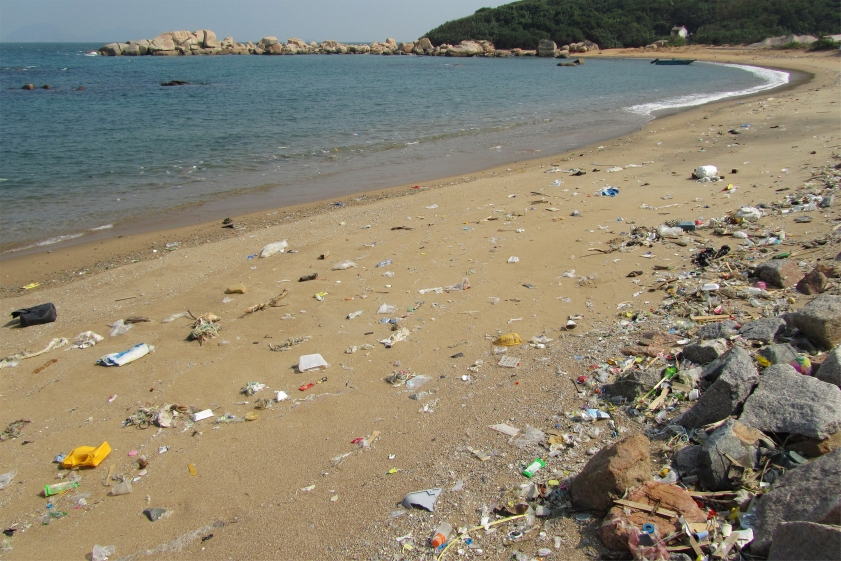
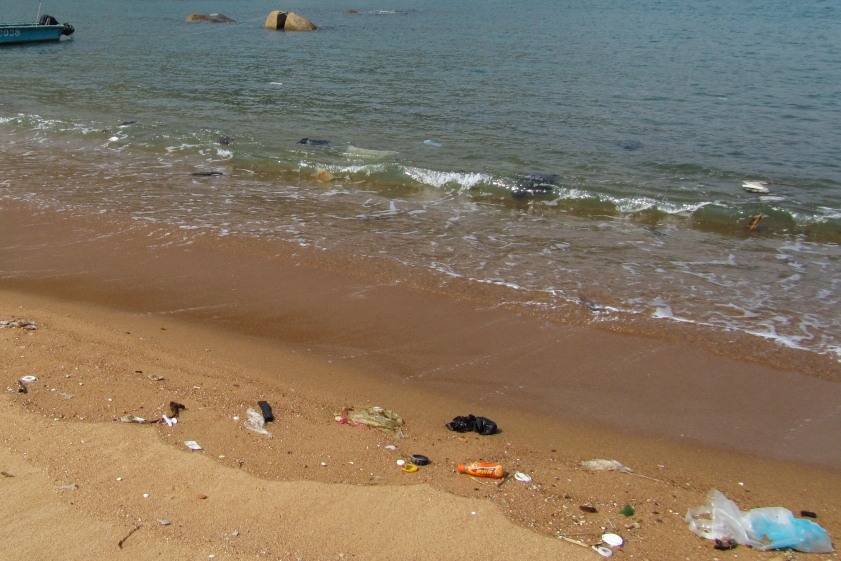
 The association with the ocean’s currents marks waste as an unanchored, drifting, blurred entity that is constantly in motion and pulled this way and that. In this context, garbage is not so much a discrete object as an open network, a tissue of diffuse elements and forces working in the background. Even though today we are increasingly being visually confronted with its interim stations, disposal and recycling facilities, dumps and end storage sites, these articulations are often nothing more than the masquerades of a remote and inscrutable process. The very spectral, incomprehensible form of the threat means that it is also taking on a decisive significance in the therapeutic response to all the fears of collapse and degeneration that afflict us: fears of environmental destruction, fears of economic ruin, fears of the collapse of the international political order, fears of the increasing mobility of populations and the fear of landing oneself on the junkyard of global distribution networks. As Zygmunt Baumann has argued, as the nature of threat has become increasingly fleeting and diffuse—with the increasing loss of rules and guidelines that can be adhered to in order to elude potential threatening circumstances—the threshold for an effective way of dealing with this situation has also risen.1 And this sense of diffusion, the blurring of reference points by which to navigate, makes it difficult to plot a therapeutic course. In view of the autogenerative, self-subsistent and excessive character of the worldwide proliferation of garbage, “What would you do to try to stop something like that?” has become a rhetorical question, one that is less concerned with “what” or “what with” than with “where to.” In this context, the trash container of the Western world becomes not so much a receptacle for rubbish as a spatial apparatus whose agency consists in actively steering and managing the orbit of an ever increasing quantity of garbage, throwing out surplus garbage and ceaselessly relocating it. It not only creates mountains of unusable residues but also actors and instruments that can profit from the calamities of collapse and degeneration.
The association with the ocean’s currents marks waste as an unanchored, drifting, blurred entity that is constantly in motion and pulled this way and that. In this context, garbage is not so much a discrete object as an open network, a tissue of diffuse elements and forces working in the background. Even though today we are increasingly being visually confronted with its interim stations, disposal and recycling facilities, dumps and end storage sites, these articulations are often nothing more than the masquerades of a remote and inscrutable process. The very spectral, incomprehensible form of the threat means that it is also taking on a decisive significance in the therapeutic response to all the fears of collapse and degeneration that afflict us: fears of environmental destruction, fears of economic ruin, fears of the collapse of the international political order, fears of the increasing mobility of populations and the fear of landing oneself on the junkyard of global distribution networks. As Zygmunt Baumann has argued, as the nature of threat has become increasingly fleeting and diffuse—with the increasing loss of rules and guidelines that can be adhered to in order to elude potential threatening circumstances—the threshold for an effective way of dealing with this situation has also risen.1 And this sense of diffusion, the blurring of reference points by which to navigate, makes it difficult to plot a therapeutic course. In view of the autogenerative, self-subsistent and excessive character of the worldwide proliferation of garbage, “What would you do to try to stop something like that?” has become a rhetorical question, one that is less concerned with “what” or “what with” than with “where to.” In this context, the trash container of the Western world becomes not so much a receptacle for rubbish as a spatial apparatus whose agency consists in actively steering and managing the orbit of an ever increasing quantity of garbage, throwing out surplus garbage and ceaselessly relocating it. It not only creates mountains of unusable residues but also actors and instruments that can profit from the calamities of collapse and degeneration.